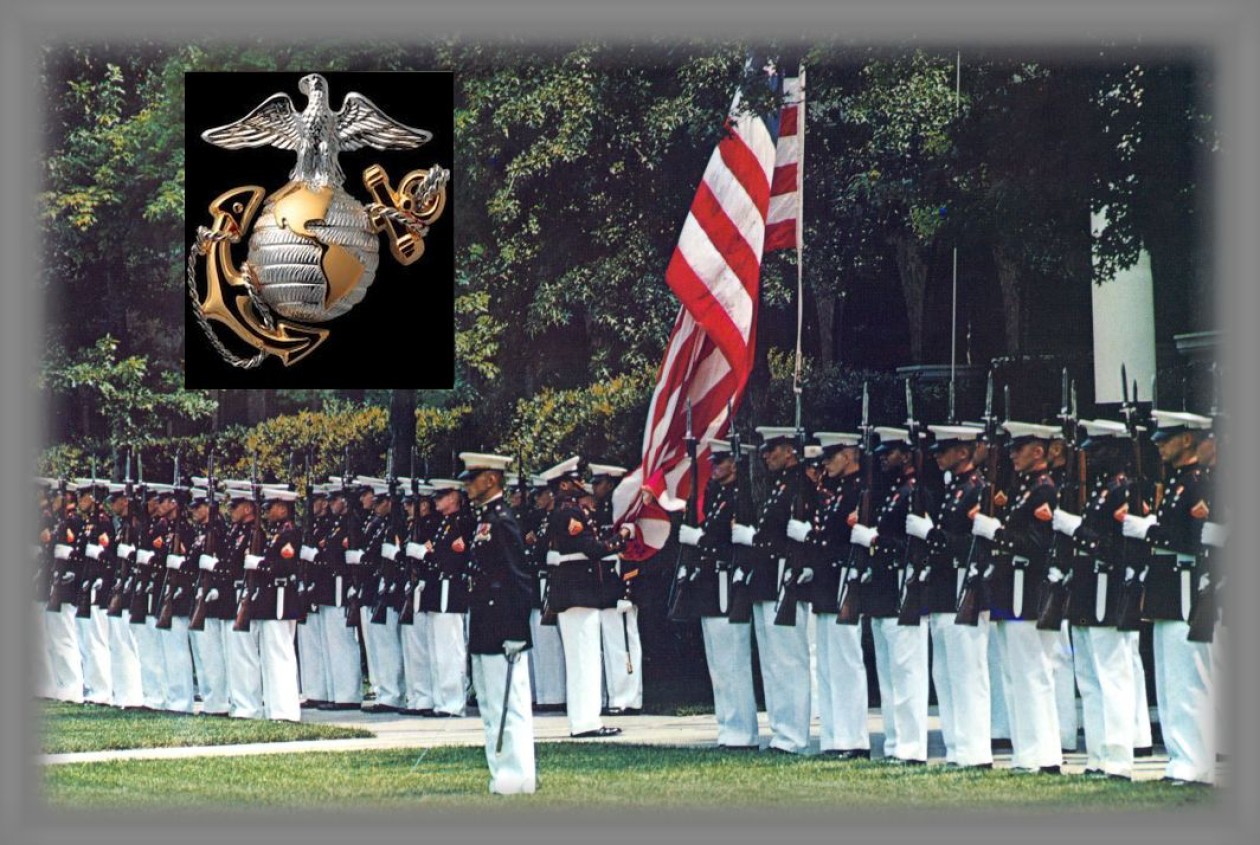Another good one from The Colonel of Truth.I still find it incomprehensible as to how someone, anyone can be in support of this woman. They have to be so blinded by some strange ideology, prejudice, or bias that disallows logical understanding of facts. Or, there is always the chance they are simply stupid. Yes, I think it’s the latter.
 by Andy Weddington
by Andy WeddingtonWednesday, 13 April 2016
These days, disturbing as they are, of confusion about race, gender, and whatnot, let’s be clear. President Obama is a black male. And he’s a lawyer. Hillary Clinton is a white female. And she’s a lawyer.
Some believe President Obama is a criminal. One day charges may come. Some believe Hillary Clinton is a criminal. One day (soon) she may be indicted.
Pay attention.
First point of order, the opening word of the title is not misspelled.
Recently, veteran Fox News Channel journalist and Fox News Sunday anchor Chris Wallace interviewed President Obama.
He asked questions about not-so-serious things and about serious things not-so-seriously.
As to questions about the ongoing FBI investigation into Hillary Clinton’s conduct of business, in email through a private non-secure server, while Secretary of State, President Obama said…
“And what I also know, because I handle a lot of classified information, is that there are — there’s classified, and then there’s classified. There’s stuff that is really top secret top secret, and there’s stuff that is being presented to the president and secretary of state, that you might not want on the transom, or going out over the wire, but is basically stuff that you could get in open source.”
Nonsense! And he knows it. And Chris Wallace knows it. And anyone who has had a security clearance knows it.
Moving along.
Hillary Clinton says she is not under investigation only that the FBI is conducting a routine “security review.”
Nonsense! The FBI investigates crimes.
Supporters of Mrs. Clinton say the material was classified after the fact and she did nothing wrong.
Nonsense! That is not how it works.
Lawyers and legal scholars say the element of intent is important and may be the out for Mrs. Clinton.
Nonsense!
Question: How did Mrs. Clinton go about setting up a private non-secure server, in her home, conduct state business over personal email to include compromising classified information of the highest order (such it was redacted and can’t be released) germane to national security in thousands of transmissions during her years of tenure thereby circumventing law and procedures for government record-keeping, etc., and not intend to do so?
Question: Once under scrutiny, how could Mrs. Clinton go about deleting email, destroying equipment, and giving false public statement after false public statement absent intent?
And the questions go on and on, as to intent, but enough.
President Obama also told Mr. Wallace he believed there was negligence (not intent to harm America) by Mrs. Clinton but vowed, adamantly, that no one was above the law and justice would take its proper course.
But a trained lawyer, who taught (Constitutional) law, should well know to remain silent. Period.
President Obama, for his own (consistent) past of wrongly injecting himself into due process and uttering falsehoods, is not credible. He’s not trustworthy. (Note: Trustworthiness is not inherent in the office of the presidency it’s a human trait that must be demonstrated – proven.)
Hillary Clinton is absolutely not trustworthy.
The nagging thought since thinking about that interview is if President Obama had another daughter she’d look like Hillary Clinton.
Ergo, the logical conclusion – blackmale whitewashing Clinton.
Face paint not required. Red tape will mask.
It pays to be a lawyer.
And we’ll pay.
Wait and see.
Even Will Rogers would be hard-pressed to find any humor in all this nonsense.
Post Script
President Obama interview transcript: http://www.foxnews.com/transcript/2016/04/10/exclusive-president-barack-obama-on-fox-news-sunday/
Originally posted 2016-04-13 09:22:15.





